The most common causes of death of spider plants are over- or underwatering, lack of sun, too much fertilizer, and pests.
The important thing in all these instances is to quickly pinpoint the cause of your spider plant’s distress by observing symptoms and environmental conditions so that you can take the right steps to revitalize them.
- Related Article: Caring for Spider Plants Indoors
Sometimes, small adjustments are enough to allow your plant to recover.
Read on for more tips on spider plant care and discover how to diagnose and treat problems appropriately to save your spider plant and its spider plant babies.
1. Overwatering: Trim and Repot
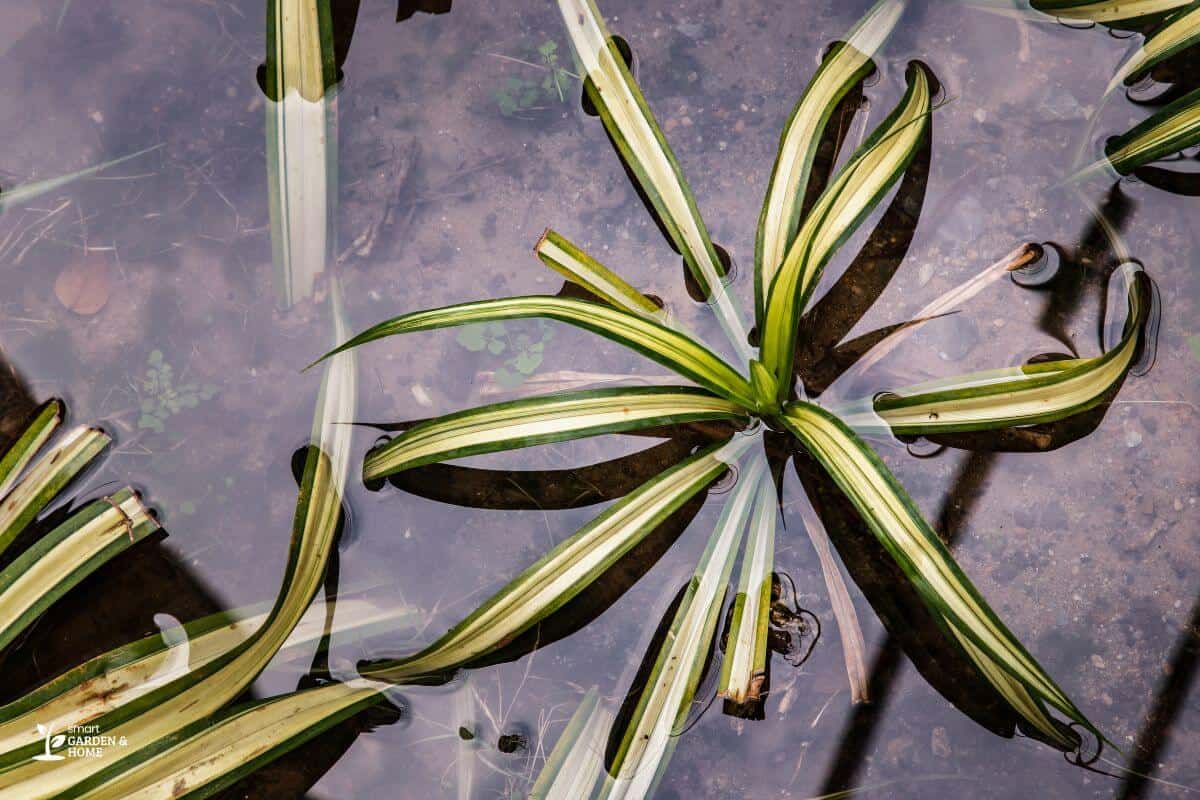
Overwatering is what causes most issues in spider plants and many other houseplants.
It’s easy to think that giving plants plenty of water will help them. However, spider plants don’t like water stress and can develop root rot in these conditions.
If your watering routine is not in check, root rot can cause the plant to die pretty quickly.
You can tell if your plant is in danger when you start to see brown or yellow leaves. Another sign of root rot is wilting or sniffing a rotting smell coming from the soil.
In most cases, you have to repot the plant in fresh soil and sterilize the previous pot to prevent the spread of the disease. After which, cut the mushy roots and dead leaves.
You can check the gravity of the situation by gently taking off the plant from its pot and inspecting the roots. The ones that look mushy, feel soft to the touch, and smell bad will need to be trimmed off while healthy roots should be retained.
Rinse the roots with water and then repot the plant in a vase with drainage holes that will allow excess water to drain.
It’s important to use a good potting mix that will retain the right amount of water to avoid the problem repeating itself. Never let your plant sit in a saucer of water.
2. Underwatering: Prune and Soak
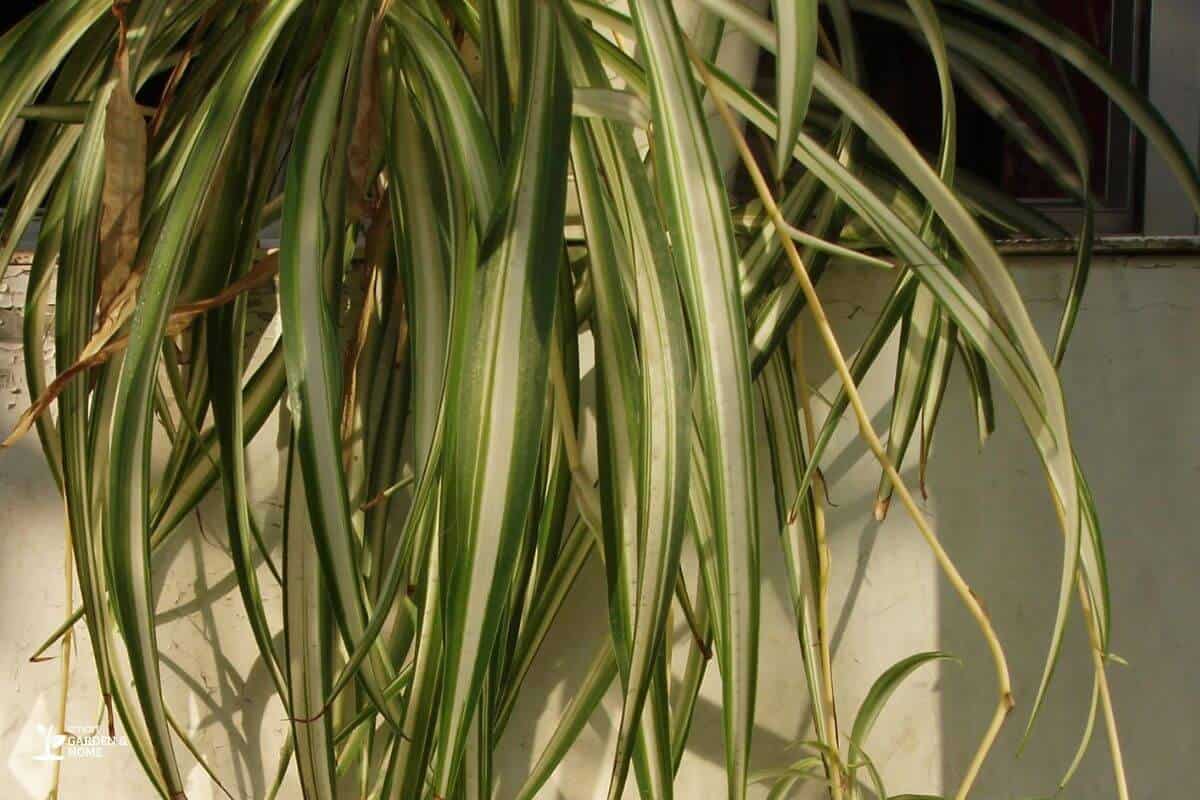
It’s much less likely to happen as spider plants are well-adapted to dry conditions, but a lack of water for prolonged periods could also cause your spider plant to die.
It’s easy to tell if this is the problem, as you will see extremely dry soil, the plant will have brown leaf tips and will lose a plant leaf or two.
It would help your plant best if you trim all the dry and damaged foliage first so that the plant can focus its energy on sustaining whatever is left.
Take your spider plant with the pot and soak it in water for a good 30 minutes to an hour. Take it out and allow the water to drain off. After which, adjust your watering schedule as necessary.
Spider plants should be watered every time the top few inches of soil are dry. You can also push your finger to the soil to check its moisture level.
During summer when there is a lack of humidity, you can keep your spider plant happy by placing it in a humidity tray or positioning it close to other plants. This will allow you to maintain a high humidity level for your plant.
3. Insufficient Light: Move and Adjust the Watering Schedule
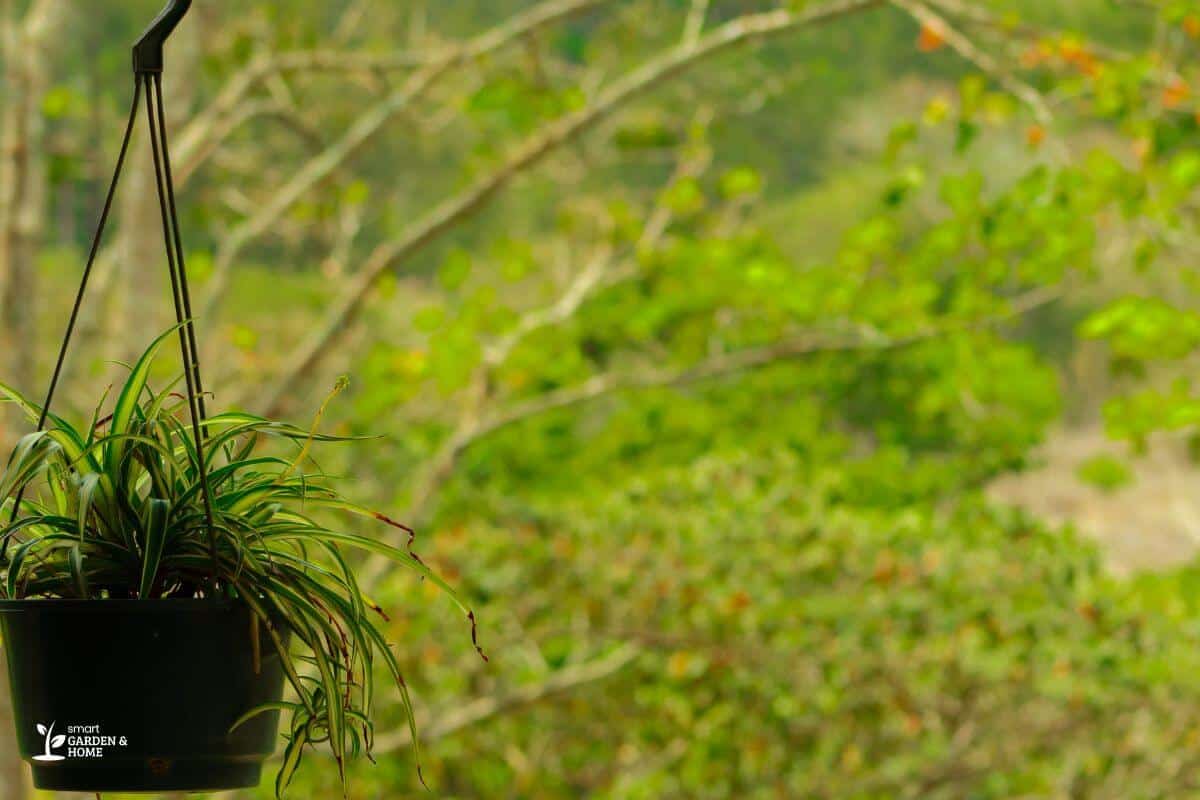
Spider plants are tolerant of most light conditions and will actually suffer if exposed to direct sunlight. However, do give your spider plants some love by exposing them to a few hours of indirect light daily.
If you are growing your spider plant indoors, make sure that it is not in a dark area. Although a hardy plant, spider plants will tend to stop growing and lose leaves when deprived of too much light.
The solution is of course to move your indoor spider plant to a brighter area, with bright indirect sunlight to ensure its healthy growth.
The best is a bright spot not too close to south- or east-facing windows. Keep in mind that due to the increase in light and heat, your plant might need to be watered more often.
4. Salt and Mineral Build-Up: Flush and Adjust the Fertilization Schedule
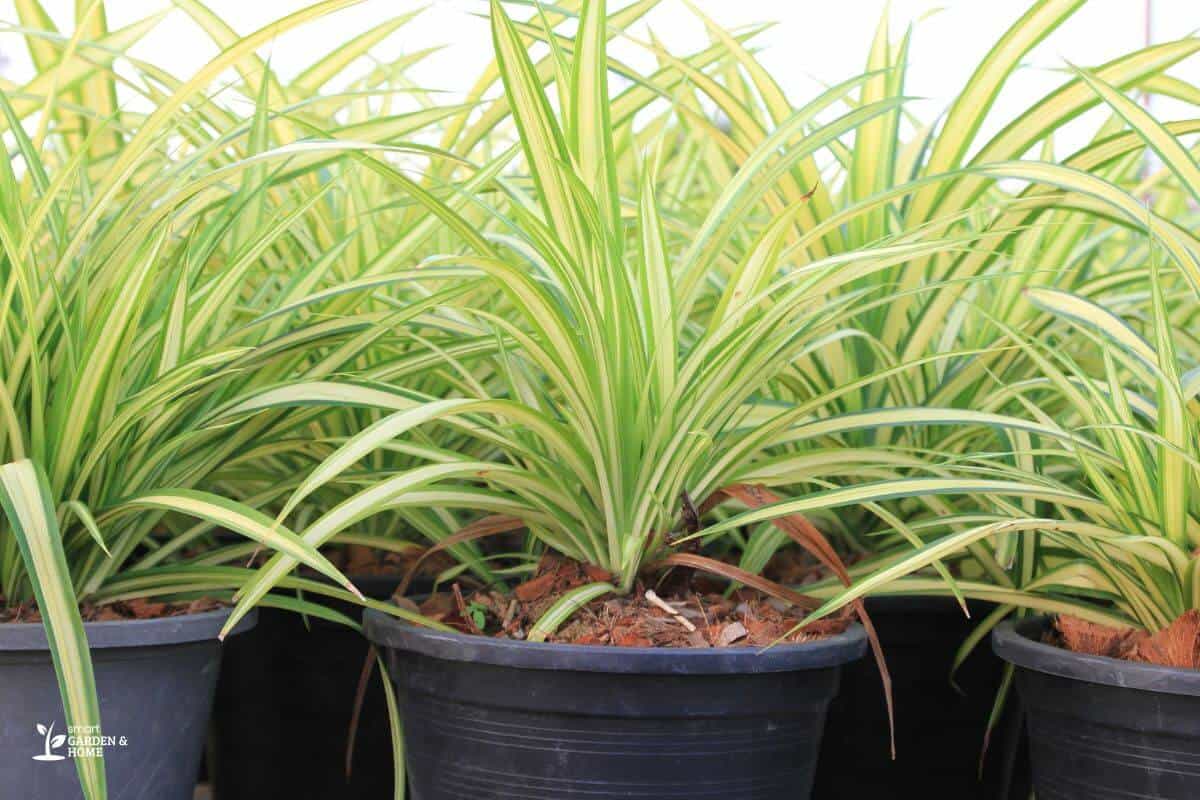
Over fertilizing is another common cause of damage to spider plants. These plants don’t need too many nutrients, especially during the winter season.
The substances they don’t absorb can accumulate in the soil and damage or kill the roots. Dead roots don’t function in the same way and aren’t able to absorb the nutrients they need properly.
This build-up of salts and minerals can also occur if you water with tap water rich in chlorine or fluoride. This can be evident visually when you see a white or red crust on the soil surface.
If you think you have committed the mistake of over fertilizing, you can take a good amount of rainwater or distilled water and flush the soil with it.
Repeating this several times will dissolve any chemicals that have accumulated.
Avoid fertilizing for the remainder of the season and in the future, use a low-strength fertilizer. You can also start watering with distilled, filtered, or rainwater.
5. Pests: Rinse and Treat the Infestation
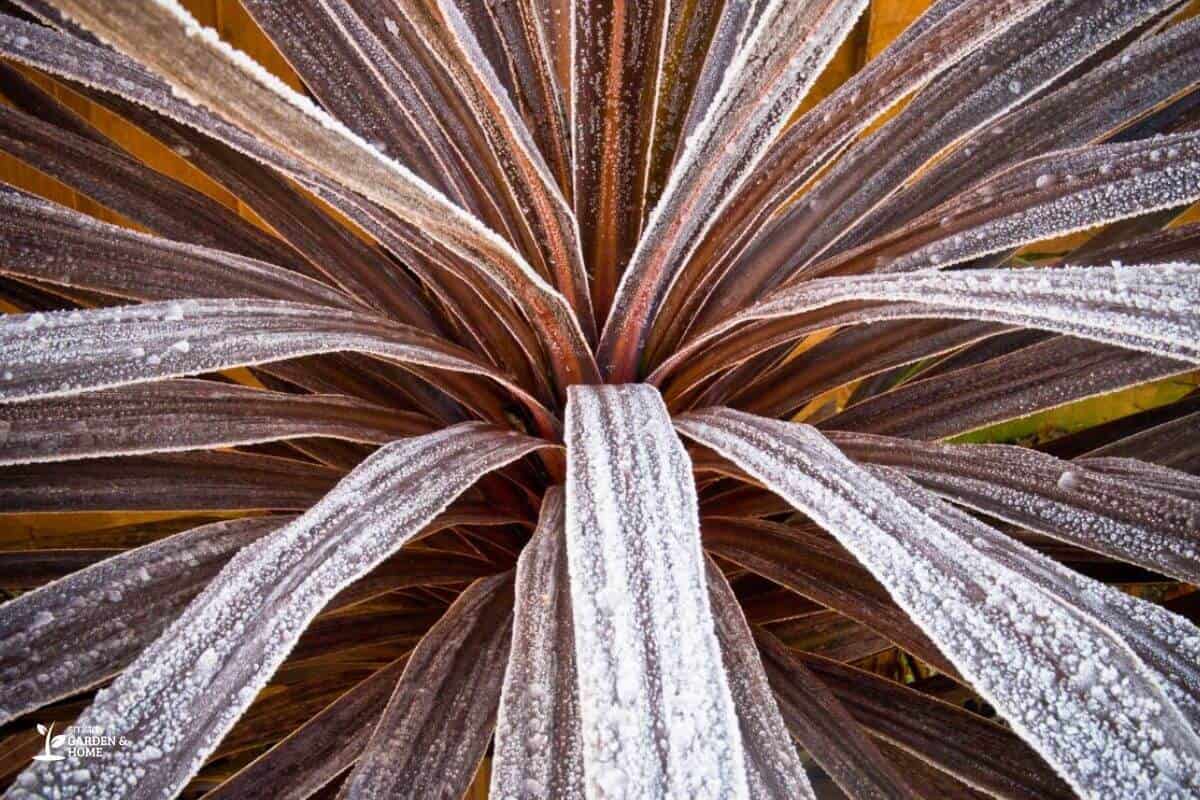
Common pests that attack spider plants are:
- Aphids
- Spider mites
- Mealybugs
- Fungus gnats
These pests love a humid environment as much as spider plants do. Some even leave a sticky substance that can develop into sooty molds.
Look for signs of their presence, such as tiny dark spots on the leaves, a sticky substance, white webbing, and clusters of tiny insects on the underside of the leaves.
For light infestations, wash off the pests with water or insecticidal soap.
For more important ones, consider treating the plant with Neem oil, an organic horticultural oil that will take care of the existing infestation and prevent future ones.
Of course, there are chemical pesticides you can use but always consider organic methods first as certain products can cause a lot of damage to the environment, including beneficial insects and yourself.
Final Thoughts on Dying Spider Plant
If your once-healthy spider plant starts to show any of the mentioned signs above, you should act quickly to determine what is causing it.
Knowing the symptoms will enable you to take the right course of action to help the mother plant and baby spider plants survive.
With a few simple steps, you can revive your spider plant and it will be on the road to recovery in no time!
If all this talk about spider plant care tips is keeping you on your toes, then head on to the next article to know more about this beautiful indoor plant:
- Spider Plant Leaves Bending and Breaking
- Why My Spider Plant Leaves Turning Yellow
- Spider Plant Root Rot Fix
- Spider Plant Not Growing
- Spider Plant Diseases
Sources:

